Luxembourg, also known as the Grand Duchy of Luxembourg (Luxembourgish: Groussherzogtum Lëtzebuerg, German: Großherzogtum Luxemburg, French: Grand-Duché de Luxembourg), is a landlocked country surrounded by Belgium, France, and Germany and located in western Europe. Luxembourg originally was the name of a castle, and after several centuries of change, its territory and political situation changed. It has been occupied by various powerful countries until it was able to become independent in the mid-19th century, and now it is also one of the richest countries in the world. Its national flag design is composed of three colors: red, white, and light blue. Red symbolizes the passionate and brave national character, as well as the blood of the martyrs who died in the struggle for national independence and national liberation; white symbolizes the simplicity of the people and the pursuit of peace; while blue represents the blue sky, meaning that the people have obtained light and happiness. In addition, the combination of these three colors also symbolizes equality, democracy, and freedom.
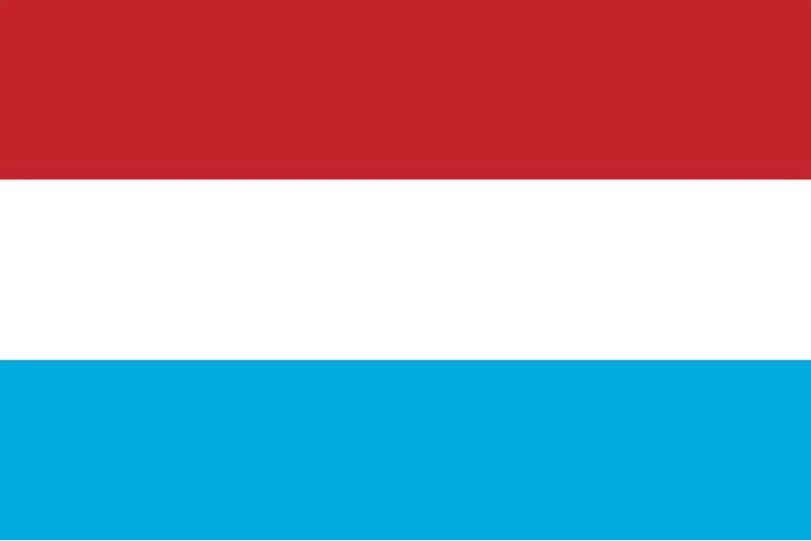
Although it is one of the smallest countries in Europe in terms of area, Luxembourg also has many amazing beautiful sceneries and is a popular destination for tourists. For example, the Vianden Castle (Luxembourgish: Château de Vianden, French: Château de Vianden, German: Burg Vianden), which is located on the Our River and in the northern town of Vianden in Luxembourg. The Vianden Castle was first built in the 10th century AD and has been expanded and rebuilt many times, finally presenting a charming medieval architectural style to people. The castle was also the residence of the Vianden family, and the palaces, banqueting halls, and knights’ halls inside the castle all display the living scenes of that time, and precious ancient artworks and family artifacts can also be appreciated here.
In the east of Luxembourg, there is a landscape certified by UNESCO as a world geopark, named Müllerthal (Luxembourgish Mëllerdall, French Mullerthal, German Müllerthal). Müllerthal is a place with lush vegetation, long-flowing streams, peculiar rock structures, and mysterious ancient caves. These unique landscapes make it distinctive and deeply loved by tourists from all over the world. Walking around it will give a feeling of being in a fairy tale-like Switzerland, so it is also called the “little Switzerland” of Luxembourg.
In addition, the Mullerthal Trail, with a total length of approximately 112 kilometers, has many strange rocks, moss, stream valleys, as well as romantic classical castles and pastoral landscapes. It has been awarded the title of “Best Trail in Europe” by the European Hiking Association. In Mullerthal, there is also a signature landscape, which is the Schiessentümpel/Schéissendëmpel Waterfall. The stream flows through the edge of the rock and diverges down to form three beautiful small waterfalls, and above this waterfall, there is a sandstone ancient bridge built in 1879, which is called by the local people as “the bridge to the fairy tale world”.
When it comes to ancient bridges, it is worth mentioning the Adolphe Bridge in Luxembourg (Luxembourgish: Adolphe-Bréck, French: Pont Adolphe, German: Adolphe-Brücke). It is an arch bridge located in the capital city of Luxembourg, Luxembourg City. It was built during the reign of Grand Duke Adolphe from 1900 to 1903, and thus got its name. The total length of the bridge is 153 meters, and the width is 17.2 meters, spanning the Pétrusse valley, among which it also has four lanes connecting the Royal Avenue in the upper city (Ville-Haute) and the Avenue de la Liberté in the station area. The light rail also passes through this bridge, and the lower-level bicycle lane was added in 2018, which is an important transportation hub in Luxembourg City.
Luxembourg is influenced by surrounding countries such as France, Germany, and Belgium, and the national culture is also diverse and multilingual. French, German, and Luxembourgish are all their official languages, and people can use multiple languages to communicate. And this diverse background also adds a lot of colorful experiences to the lives of the people of Luxembourg.
The people of Luxembourg love art, music, literature, and comedy, and use them to preserve many traditional cultural activities and celebrations. For example, June 23 is the national day of Luxembourg, also known as “Grand Duke Day”. This day is the national day and the official birthday of the Grand Duke, although on this day, the Grand Duke and the Duchess have never celebrated their birthdays.
In addition, Luxembourg also has some museums and galleries that showcase the country’s rich history and artistic heritage. Just on March 27 this year, the “Small but Beautiful – Luxembourg Cultural Relics Exhibition” made a wonderful appearance at the Henan Museum! Luxembourg is a small but beautiful and wealthy country, and it is also a surprising and healing tourist destination for the soul.
In addition, the Mullerthal Trail, with a total length of approximately 112 kilometers, has many strange rocks, moss, stream valleys, as well as romantic classical castles and pastoral landscapes. It has been awarded the title of “Best Trail in Europe” by the European Hiking Association. In Mullerthal, there is also a signature landscape, which is the Schiessentümpel/Schéissendëmpel Waterfall. The stream flows through the edge of the rock and diverges down to form three beautiful small waterfalls, and above this waterfall, there is a sandstone ancient bridge built in 1879, which is called by the local people as “the bridge to the fairy tale world”.
When it comes to ancient bridges, it is worth mentioning the Adolphe Bridge in Luxembourg (Luxembourgish: Adolphe-Bréck, French: Pont Adolphe, German: Adolphe-Brücke). It is an arch bridge located in the capital city of Luxembourg, Luxembourg City. It was built during the reign of Grand Duke Adolphe from 1900 to 1903, and thus got its name. The total length of the bridge is 153 meters, and the width is 17.2 meters, spanning the Pétrusse valley, among which it also has four lanes connecting the Royal Avenue in the upper city (Ville-Haute) and the Avenue de la Liberté in the station area. The light rail also passes through this bridge, and the lower-level bicycle lane was added in 2018, which is an important transportation hub in Luxembourg City.
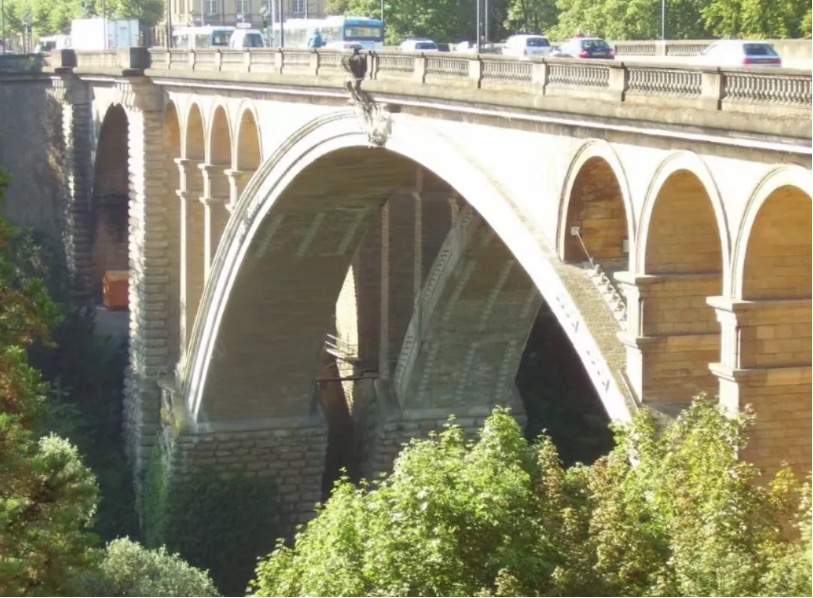
Luxembourg is influenced by surrounding countries such as France, Germany, and Belgium, and the national culture is also diverse and multilingual. French, German, and Luxembourgish are all their official languages, and people can use multiple languages to communicate. And this diverse background also adds a lot of colorful experiences to the lives of the people of Luxembourg.
The people of Luxembourg love art, music, literature, and comedy, and use them to preserve many traditional cultural activities and celebrations. For example, June 23 is the national day of Luxembourg, also known as “Grand Duke Day”. This day is the national day and the official birthday of the Grand Duke, although on this day, the Grand Duke and the Duchess have never celebrated their birthdays.
In addition, Luxembourg also has some museums and galleries that showcase the country’s rich history and artistic heritage. Just on March 27 this year, the “Small but Beautiful – Luxembourg Cultural Relics Exhibition” made a wonderful appearance at the Henan Museum! Luxembourg is a small but beautiful and wealthy country, and it is also a surprising and healing tourist destination for the soul.
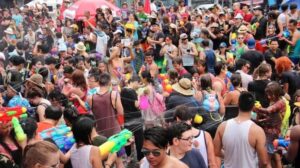

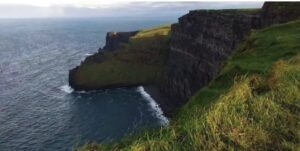
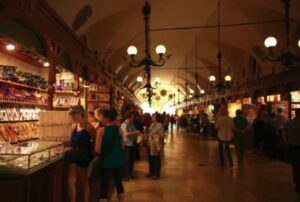
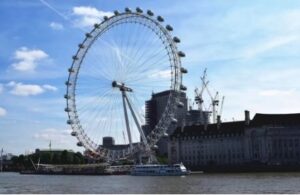
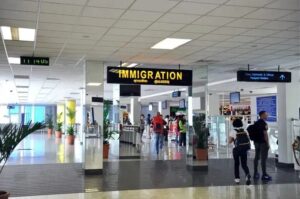
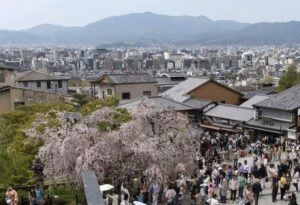

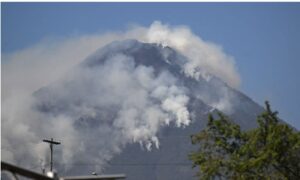
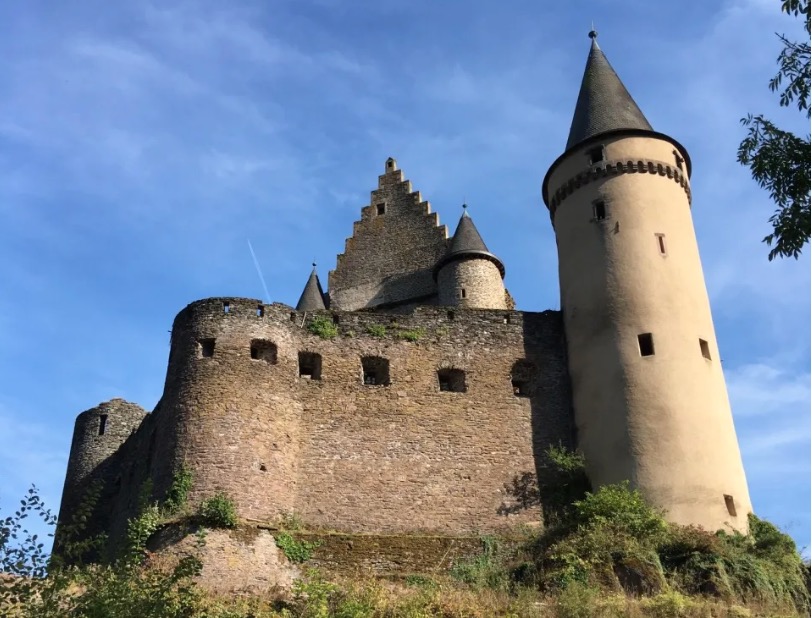
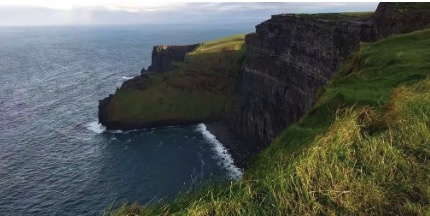
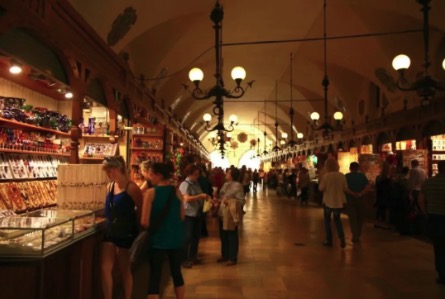
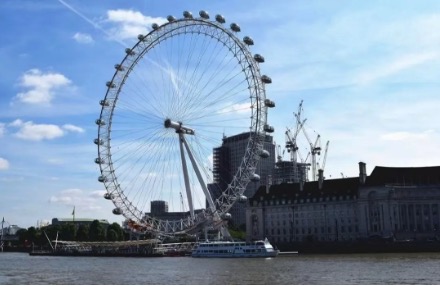



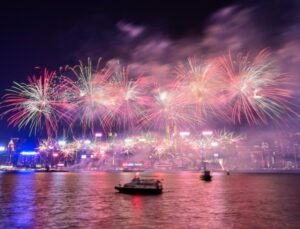

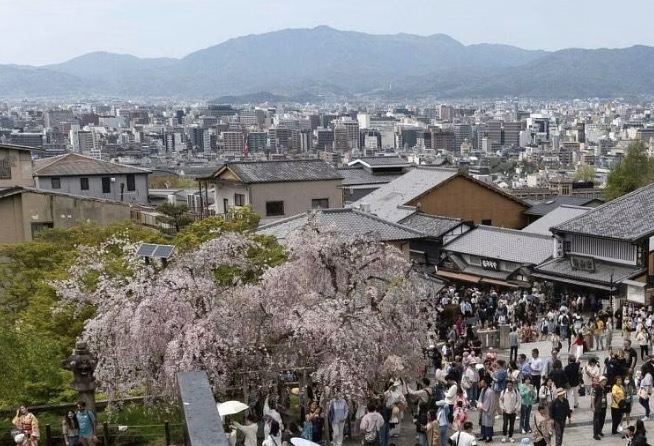

+ There are no comments
Add yours